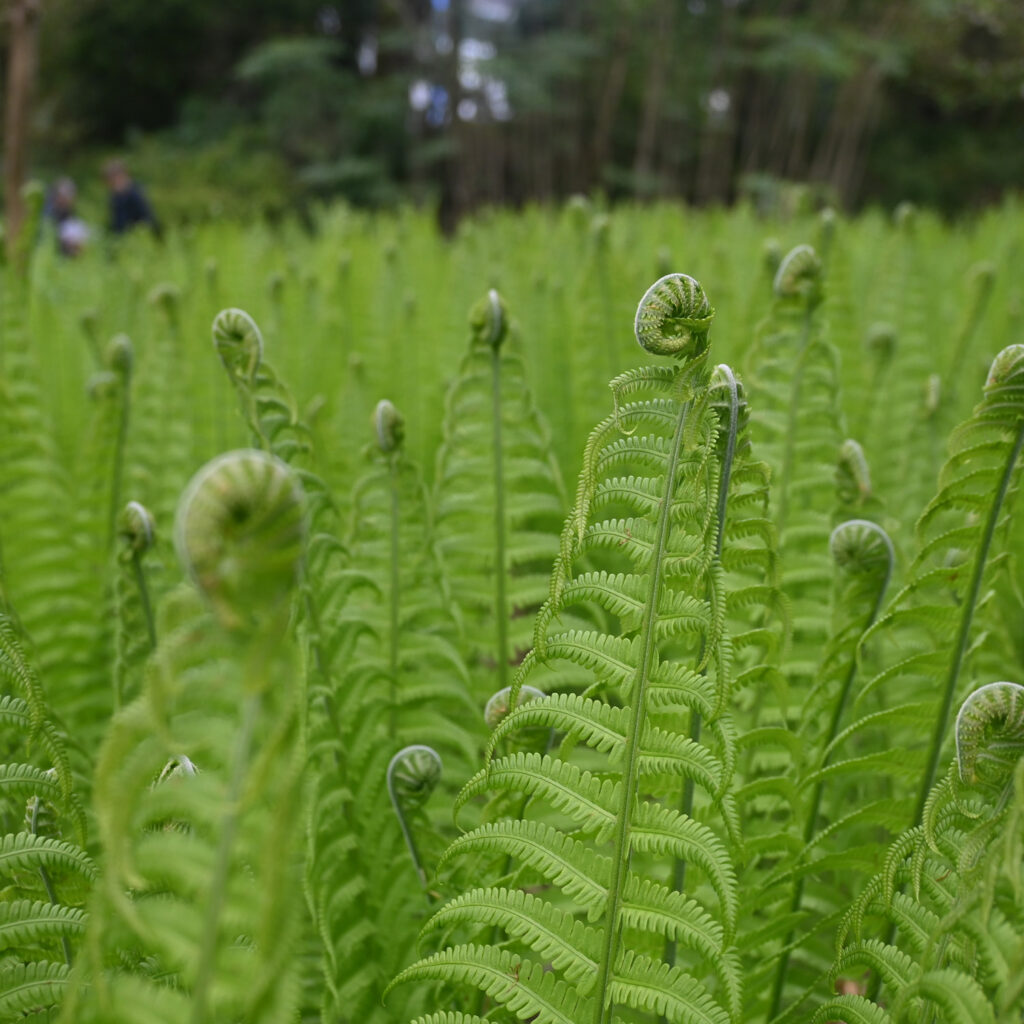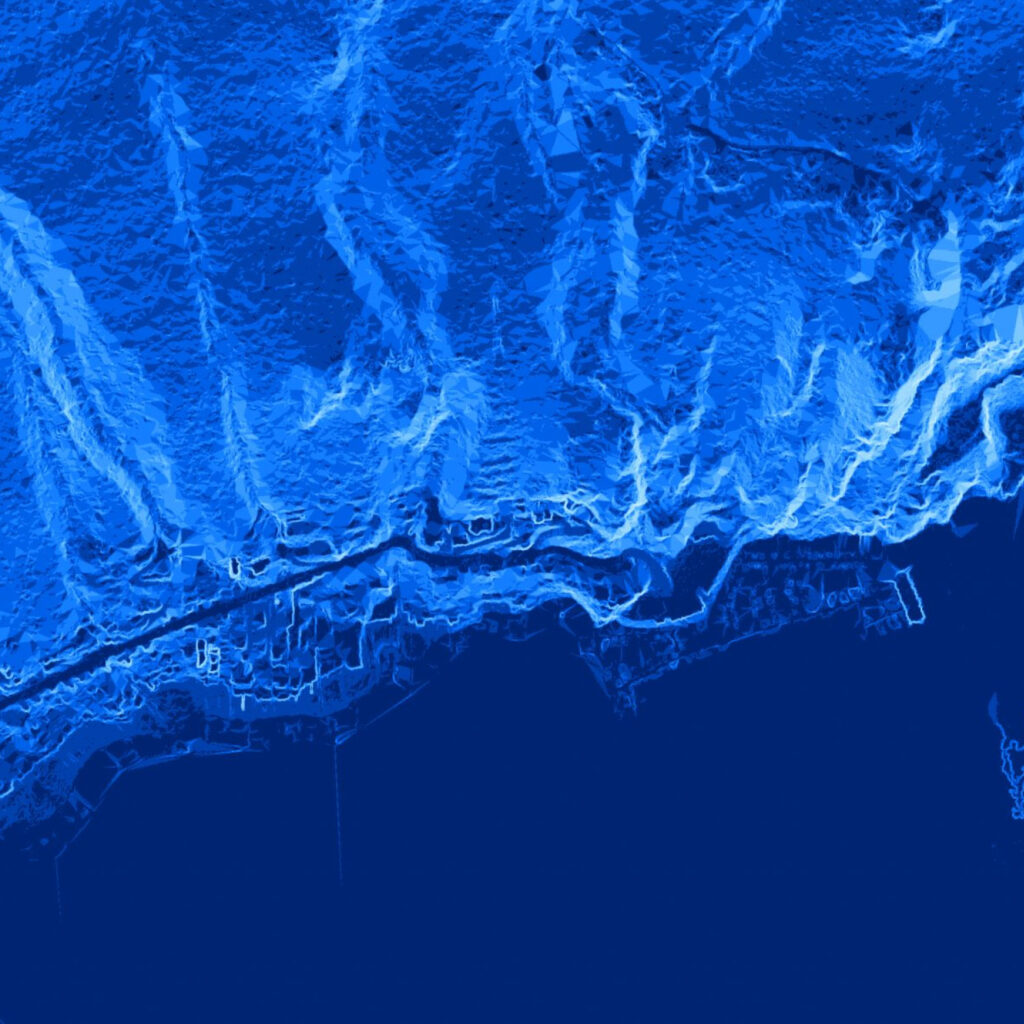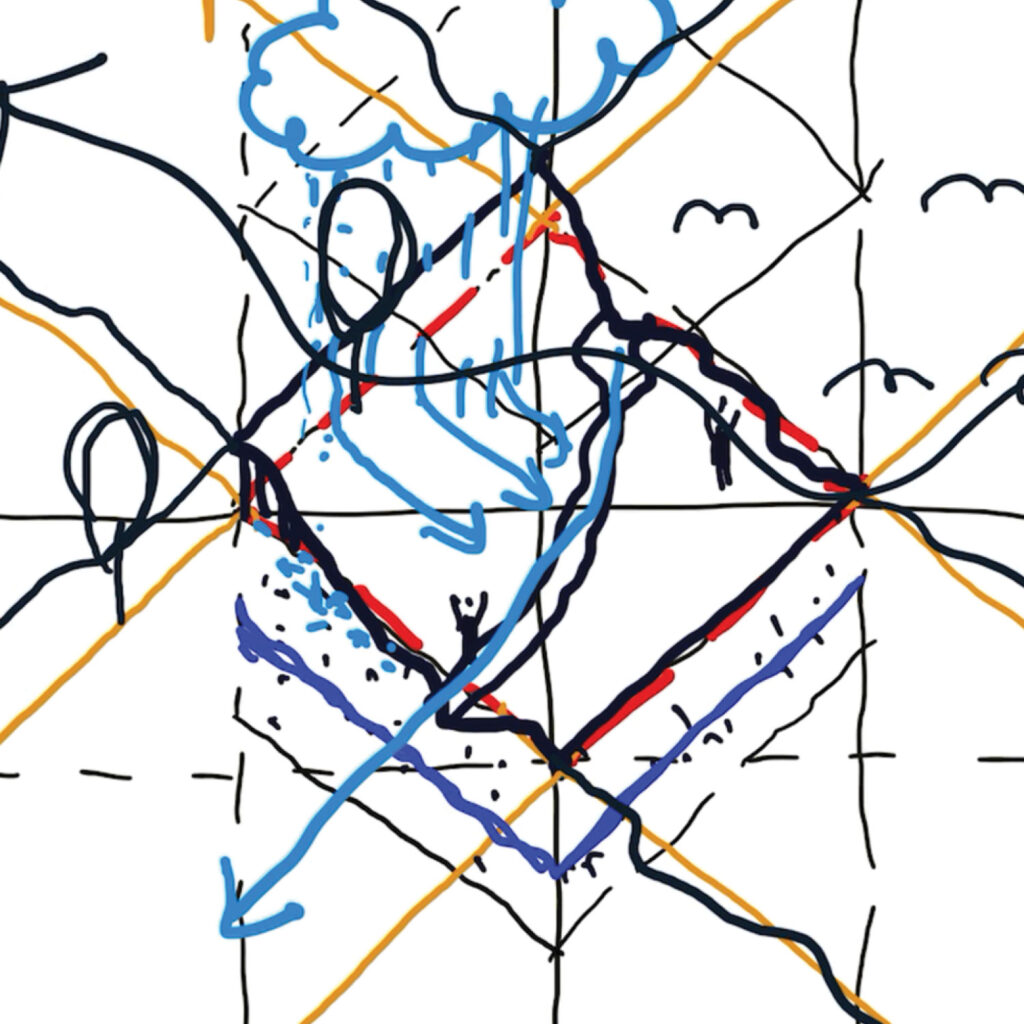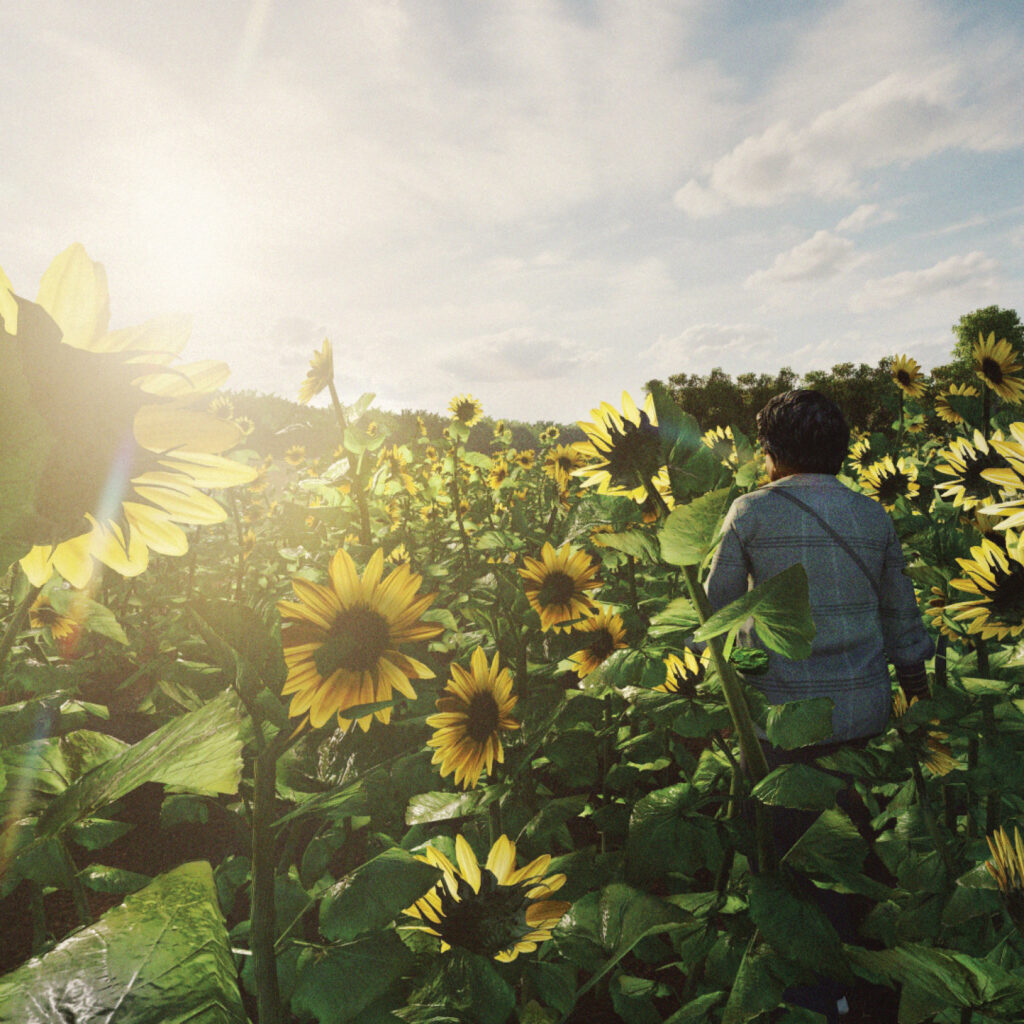Initiated by his first Seeing Environment seminar blog in 2018, the drawing tutorials on his Instagram @danielroehrdrawings, and the development of his analytical AXO-blog 2020 teaching method during the COVID-19 pandemic, Professor Daniel Roehr has encouraged the development of a wide range of open-access tools. The focus of the tools, created by SALA students under his supervision, is climate resilience, social justice, natural disaster and education for landscape architects (Roehr 2023).
These open-access learning tools are relevant to landscape architecture to explore special topics of interest especially geared to incoming students of architecture, landscape architecture, urban design and environmental design. Below you will find descriptions and links to engaging topics, including innovative research on best practices, interviews, and analytical tools. You’ll also find student work from the Seeing Environment seminars between 2018 to 2023.

Plants in the Landscape is a living toolkit for planting-centered design, created for students, faculty, and practitioners to improve relationships between designers and plants in the landscape. Learn the conditions plants need to thrive in a changing climate and the basics of planting design through a series of topics, interviews, and interactive mini tools including nursery and stock selection, Firesmart planting, designing for trees, planting design theory, and more.
Authors
Elliot Bellis, MJ Marineau, Hannah Dyck-Chan, Mikhayla Roht, and Daniel Roehr

Highlighting Housing Inequalityseeks to make accessible vital information regarding housing discrimination in Canada. Housing discrimination occurs at both the individual and the systemic level, deeply embedded in our legal, zoning, and housing practices. This research acts as a starting point for critical conversations, reflections, and questions regarding Canadian housing practices.
Authors
Kate Bonnell, and Daniel Roehr

The Water in the Landscape aims to help designers understand the vital role water plays in environmental design while conveying the importance of water-focused analysis and decision making across project scales. A site analysis tool and compendium of relevant topics to consider when designing with water aims to set a foundational knowledge including of topics including flooding, drought, and sea level rise, rainwater management, water and architecture, the ethics of water, and more.
Authors
Ashley Fleck, Caleb Spyksma, Nishi Praveen, and Daniel Roehr

Landslides are both fatal and costly. Climate change may also generate more landslide from glacial retreat, permafrost melting, wildfires, and droughts. The purpose of the landslide tool is to aid landscape architects, other design professionals, or anyone else interested, in understanding landslides and how to mitigate landslide-risk through design. The blog includes a GIS landslide assessment tool and resources to conduct an on-site analysis.
Authors
Alex Williams, Pierre Tulk, Diego Lozano, and Daniel Roehr

The seminarSeeing Environment is based on the book Multisensory Landscape Design: A Designer’s Guide for Seeing, Routledge 2022 by Daniel Roehr, which teaches how to ‘see’ the environment with the five senses: touch, taste, sound, smell, and sight. The blogs document student work through sketching, mapping, collages, text, and various forms of media.
Authors
Daniel Roehr’s Seeing Environment seminars
Links

The Geological Survey of Canada has assessed the Vancouver region as having significant earthquake hazard and potential for ground motions that could cause significant damage to ordinary buildings and infrastructure. Assuming moderate to severe damages to existing buildings, this study presents an argument on how parks and open spaces can be earthquake mitigators and serve as a gathering place for people to take shelter and share resources. You’ll find information on broader Vancouver conditions, case studies, ground conditions, and more.
Authors
Danika Oystrek, Marco Kuo, and Daniel Roehr

Axo Demystified is a resource which introduces the ‘CUBE’ method as a tool for site visualization and immersion. Collectively, the authors see a growing need for designers to be more educated in site analysis. You’ll find basic concepts, tutorials, helpful resources, inspiring precedents, and everything else axonometric.
Authors
Kelly Kang, Berend Kessler, Robert Ferguson, and Daniel Roehr

Green Care Farming is a model for care combining therapeutic farming practices with healthcare services for a variety of vulnerable groups. The farming landscape – the farmyard, woodlands, gardens – serves as the base for healing. This online platform is a tool for designers, program directors, and communities to enhance the healing qualities of Green Care landscapes through multi-sensorial and therapeutic design.
Authors
Meredith Wilson, Daniel Roehr, and Rebekah Churchyard
D. ROEHR, “Open Access” Climate Resilience Tools for Landscape Architects, in Journal of Digital Landscape Architecture, 8-2023, Wichmann Verlag, pp. 585-587
D. ROEHR, Multisensory Landscape Design. A Designer’s Guide for Seeing, Routledge, 2022.